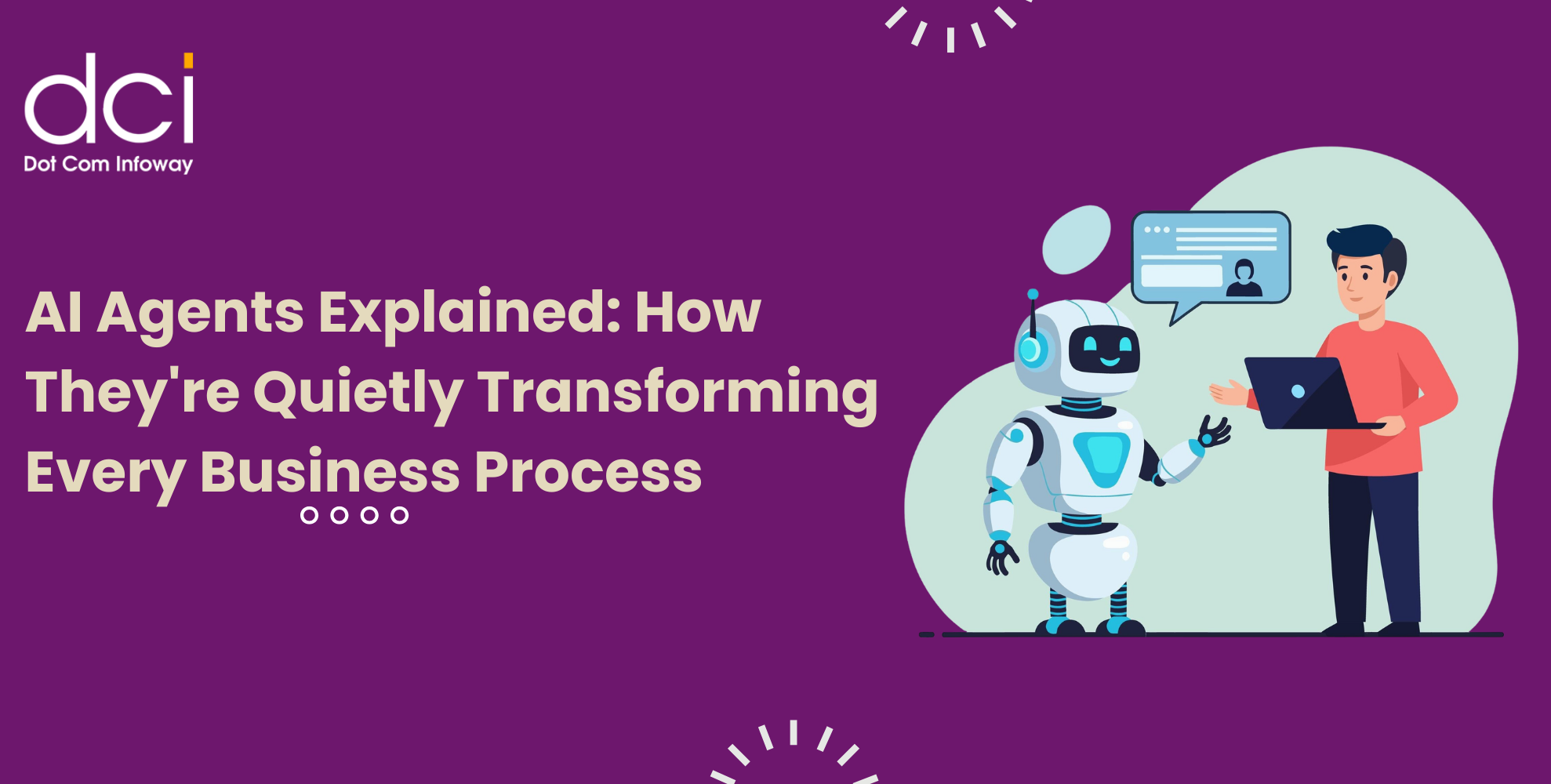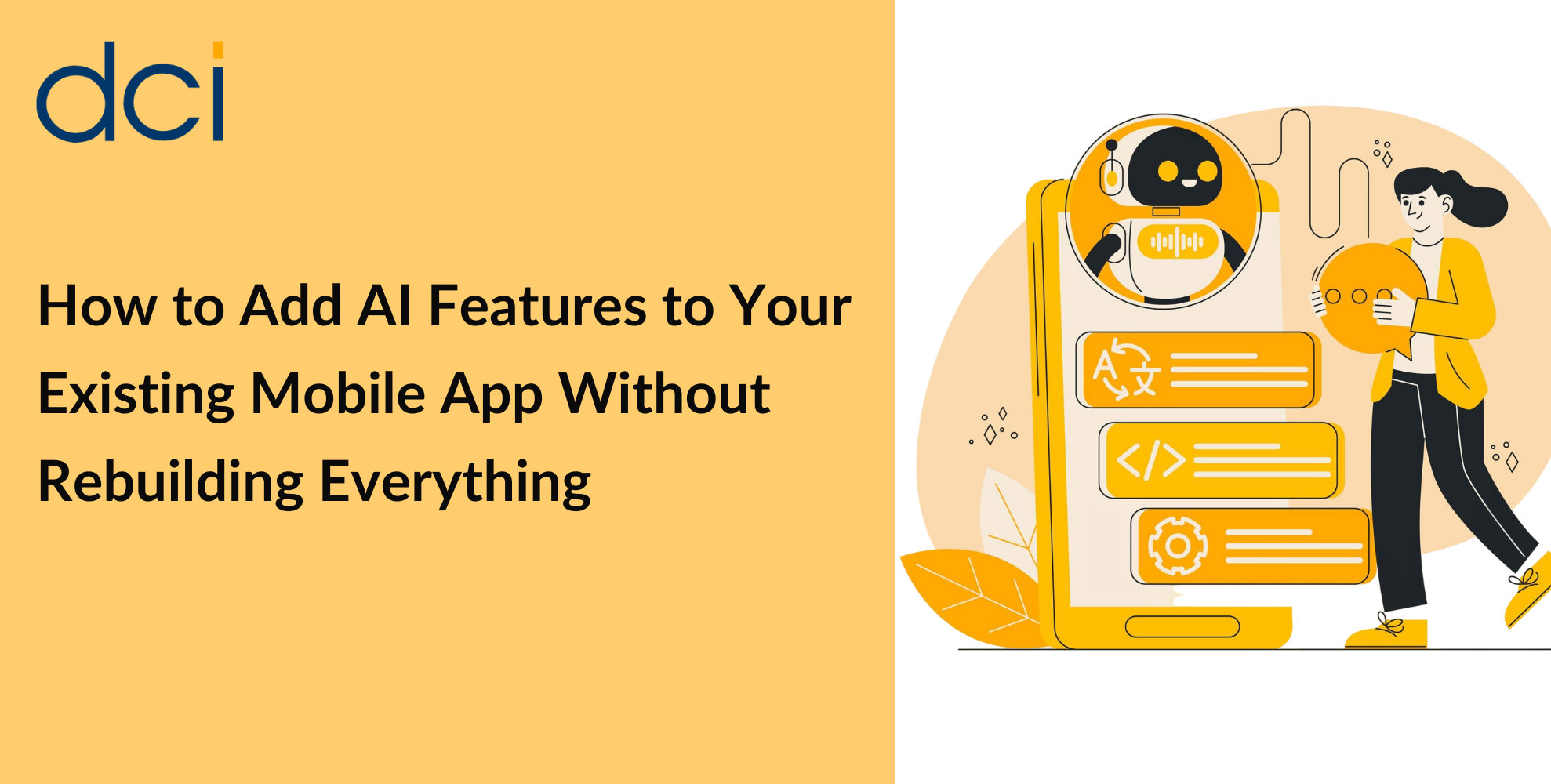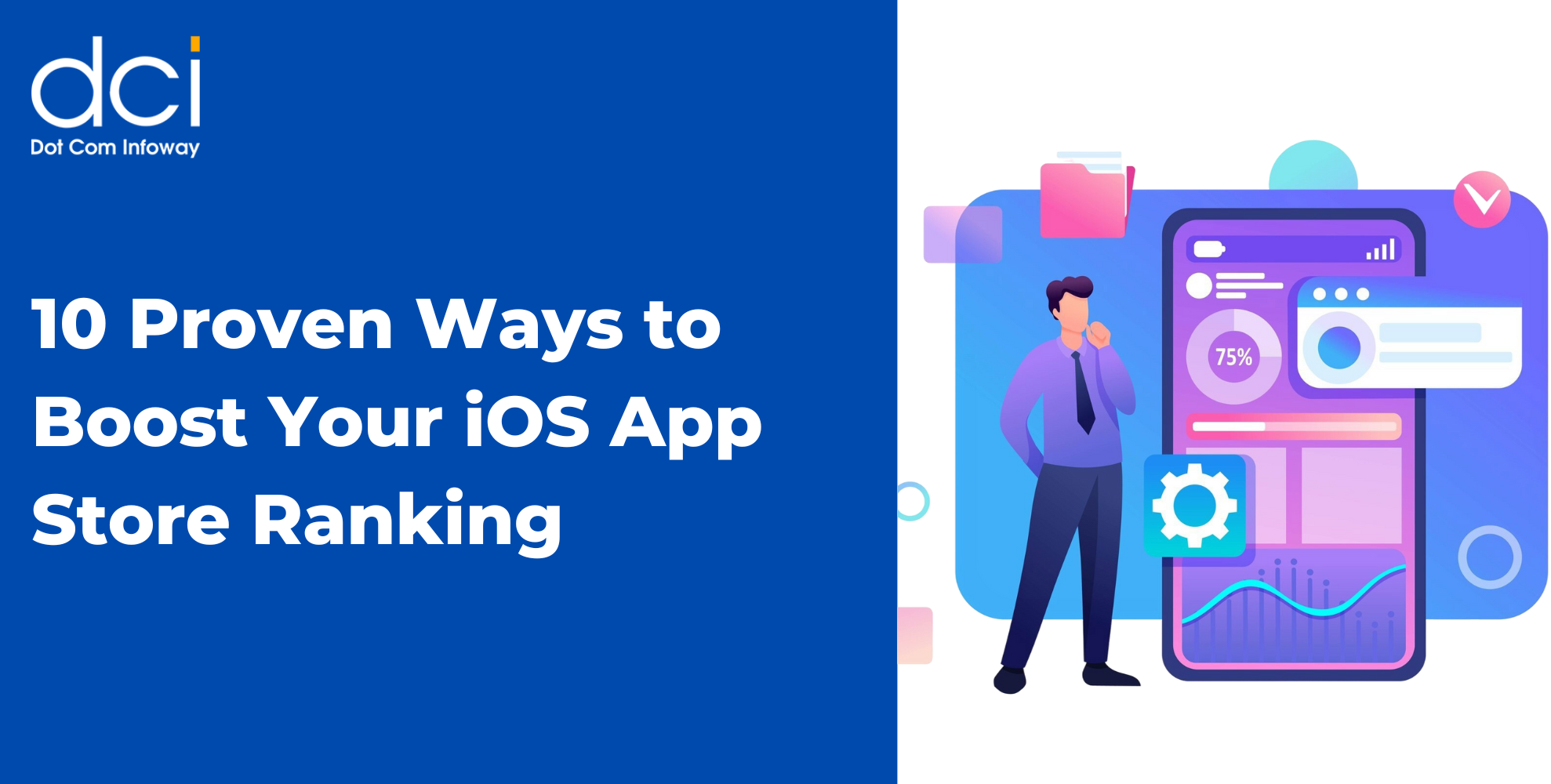5. Continuous Value Delivery Through Feature Evolution
Static apps die slow deaths in competitive markets. The Retention Is the New UA philosophy demands continuous value expansion that keeps users excited about future possibilities, not just current functionality.
Notion’s explosive growth story illustrates this perfectly. They’ve transformed from a simple note-taking app into a comprehensive workspace platform by continuously adding features that expand user investment. Each new capability: databases, automation, collaboration tools: increases switching costs while providing fresh reasons to engage.
“We don’t just add features; we add reasons for users to restructure their workflows around our platform,” explains Notion’s product team in a recent Growth-Onomics interview.
Strategic feature evolution approaches:
• Usage-driven development: Build new features based on actual user behavior patterns
• Integration expansions: Connect with tools users already love and depend on
• Workflow automation: Reduce manual tasks while increasing platform stickiness
• Advanced capabilities: Offer pro-level features that grow with user sophistication
The key is ensuring each new feature increases user investment rather than creating complexity or confusion. Every addition should make the app more indispensable, not just more feature-rich.
6. Proactive Support and Intelligent Intervention
Traditional customer support reacts to problems. Modern retention strategies prevent them. AI-powered support systems in 2026 identify friction points before users even realize they’re struggling, creating seamless experiences that eliminate common abandonment triggers.
Intercom’s recent data shows that proactive support interventions increase retention by 23% compared to reactive approaches. Their AI analyzes user behavior patterns to predict when someone might need help, then delivers contextual assistance at exactly the right moment.
Proactive support implementations:
• Behavioral anomaly detection: Identify when users deviate from successful usage patterns
• Contextual help delivery: Surface relevant guidance during complex workflows
• Predictive problem resolution: Fix issues before users encounter them
• Intelligent onboarding assistance: Provide help exactly when new users need it most
Apps like Slack have pioneered this approach by analyzing team communication patterns to suggest productivity improvements, workflow optimizations, and integration opportunities that increase platform value over time.
7. Performance Optimization as a Retention Strategy
In 2026’s mobile-first world, performance isn’t just a technical requirement: it’s a retention differentiator. Users abandon apps that feel slow, buggy, or unreliable faster than ever. Retention Is the New UA strategies prioritize technical excellence as a cornerstone of user experience.
Google’s research reveals that even 100-millisecond delays in page load times can reduce conversion rates by 7%. For mobile apps, performance expectations are even higher. Users expect instant responses, smooth animations, and reliable functionality across all devices and network conditions.
“Performance is the invisible feature that makes all other features possible. It’s the foundation of every successful retention strategy,” notes UXCam’s mobile performance research team.
Performance optimization priorities:
• Load time minimization: Optimize startup speeds and feature responsiveness
• Memory management: Prevent crashes and slowdowns that frustrate users
• Network resilience: Ensure functionality during poor connectivity conditions
• Battery efficiency: Minimize resource consumption that affects device performance
Companies like Instagram have made performance optimization central to their retention strategy, continuously A/B testing loading speeds, animation smoothness, and resource efficiency to maintain their competitive advantage in user experience quality.
The Retention-First Future
The evidence is overwhelming: Retention Is the New UA isn’t just a catchy phrase: it’s a strategic imperative for sustainable growth in 2026. Companies that master these seven strategies create compounding advantages that become increasingly difficult for competitors to overcome.
The most successful apps of 2026 will be those that view every feature, every interaction, and every communication through the lens of long-term user value. They’ll use AI-powered insights to predict user needs, build communities that create social switching costs, and continuously evolve their platforms to remain indispensable in users’ daily workflows.
As acquisition costs continue rising and market saturation increases, the companies that survive and thrive will be those that perfect the art and science of keeping users active, engaged, and invested in their platforms’ long-term success.
For businesses looking to implement these advanced retention strategies, partnering with experienced teams can accelerate results significantly. Dot Com Infoway’s comprehensive App Marketing Service combines technical expertise with data-driven retention optimization to help companies build sustainable, retention-focused growth engines that deliver measurable results in today’s competitive landscape.

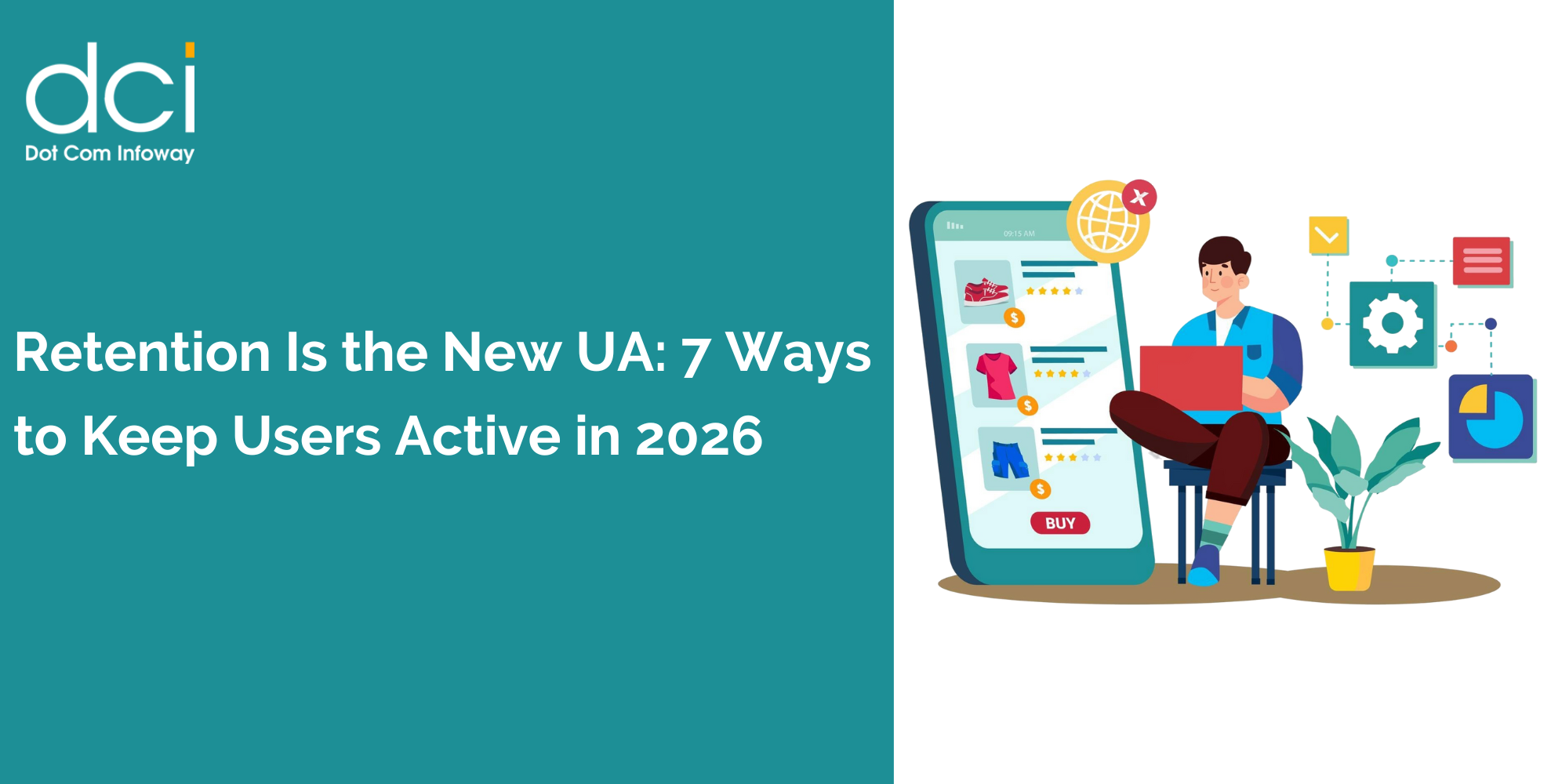

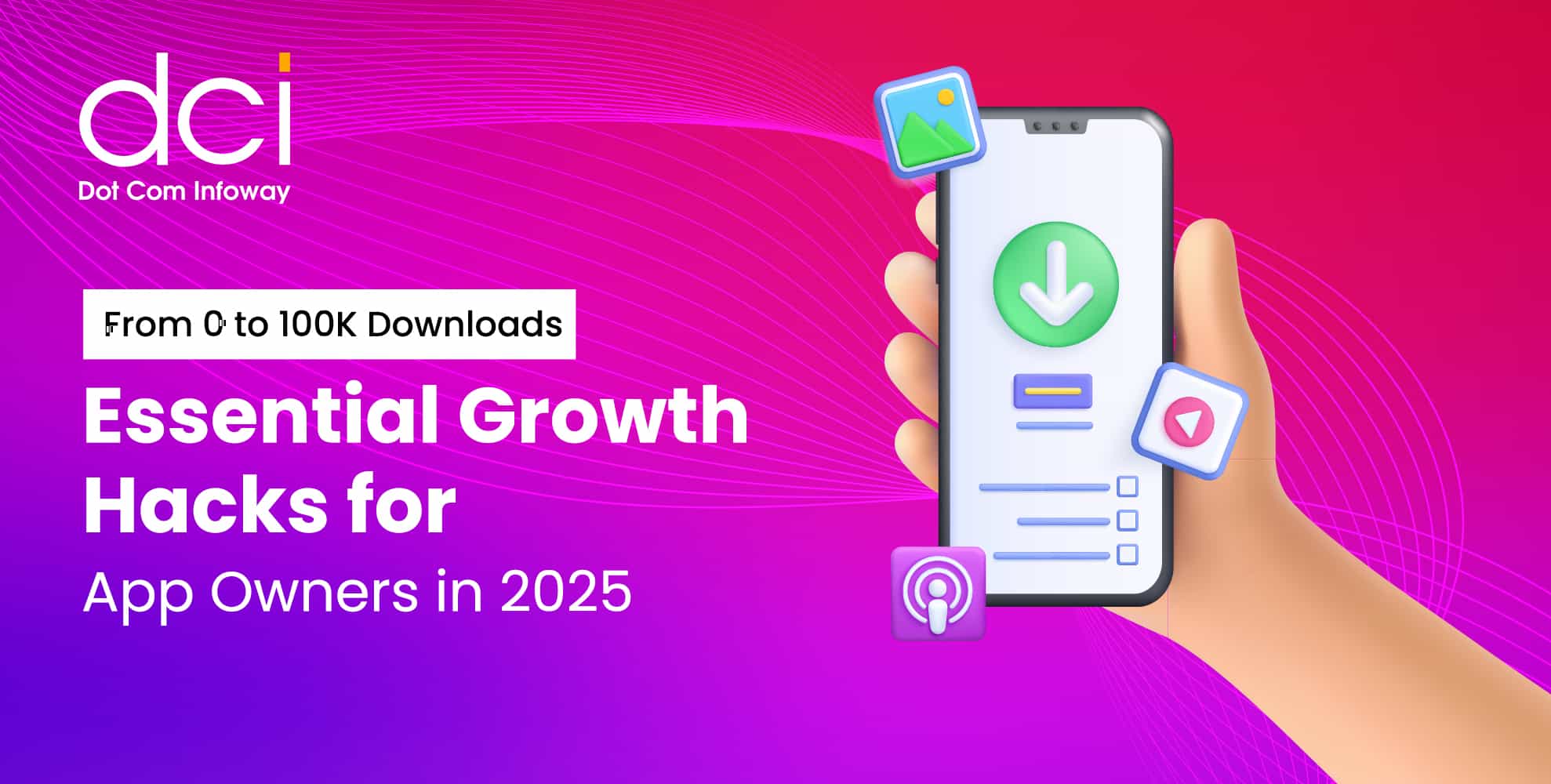



![The Game Marketing Guide: Pre and Post-Launch Strategies [Infographic]](https://www.dotcominfoway.com/wp-content/uploads/2023/09/DCI-Game-Marketing-blog-1.jpg)





